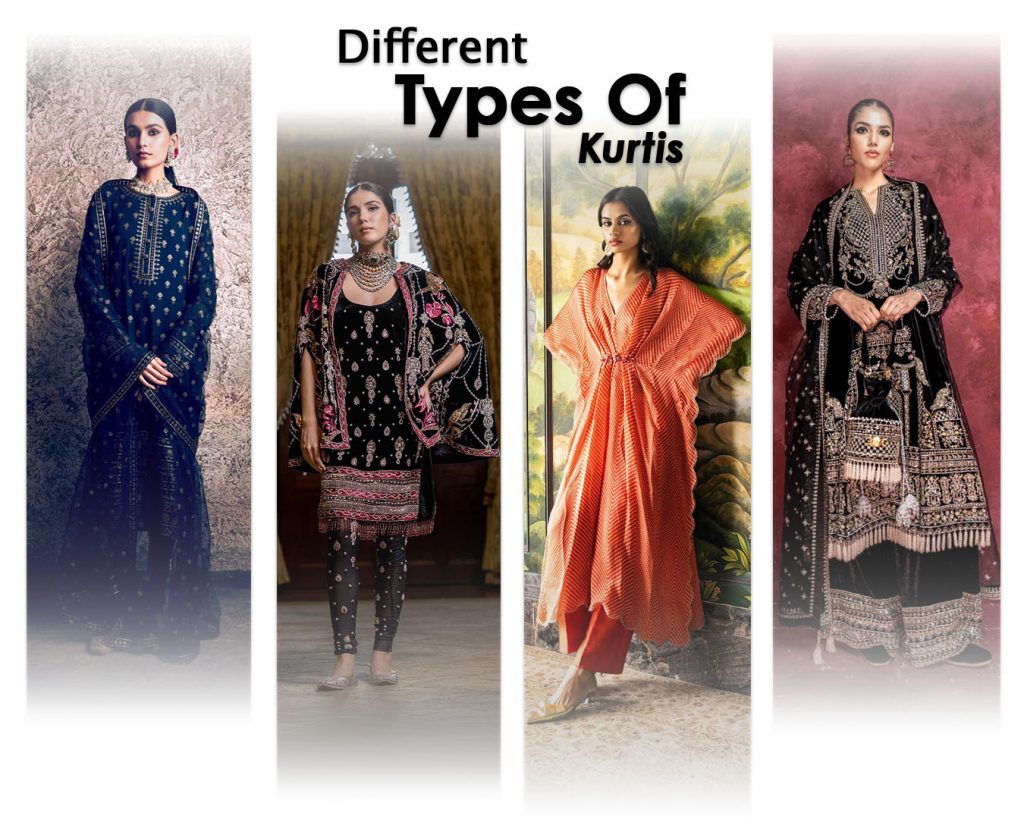
Kurtis are the building blocks of a quintessential Indian fashionista’s wardrobe. From polished formal looks to dramatic going-out looks, you can achieve it all with the right kurti. Make your pick from different styles of kurtis, ranging from a regal anarkali or the playful peplum kurti, to create a statement look that is both fashionable and aspirational. So, come along as we lay out our top 15 types of kurtis you must have in your wardrobe.
Straight-cut Kurti
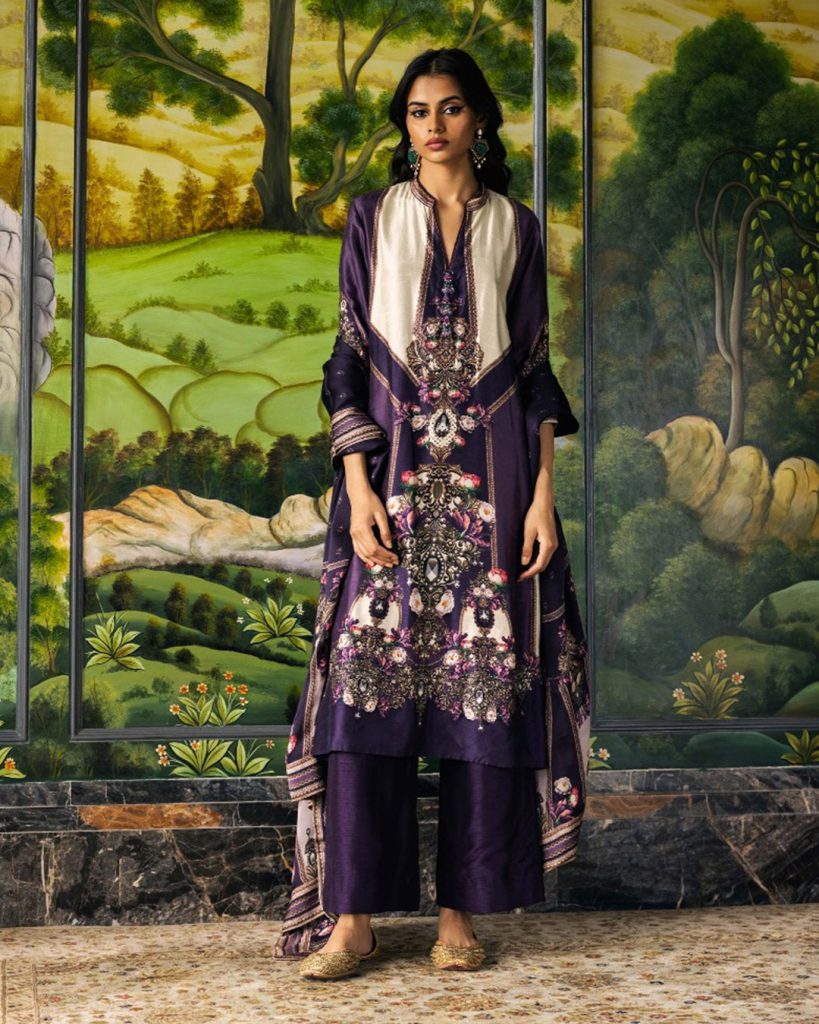
A straight-cut kurti for women is one of the most quintessential kurti styles worn by Indian women. This kurti style features a simple, straight cut that falls evenly from the shoulder to the hem, parallelly. The versatile silhouette can be seamlessly incorporated into both casual and formal types of kurtis, paired with different bottoms, such as churidar, palazzo, or straight-fit pants, to achieve a variety of looks.
A-line Kurti
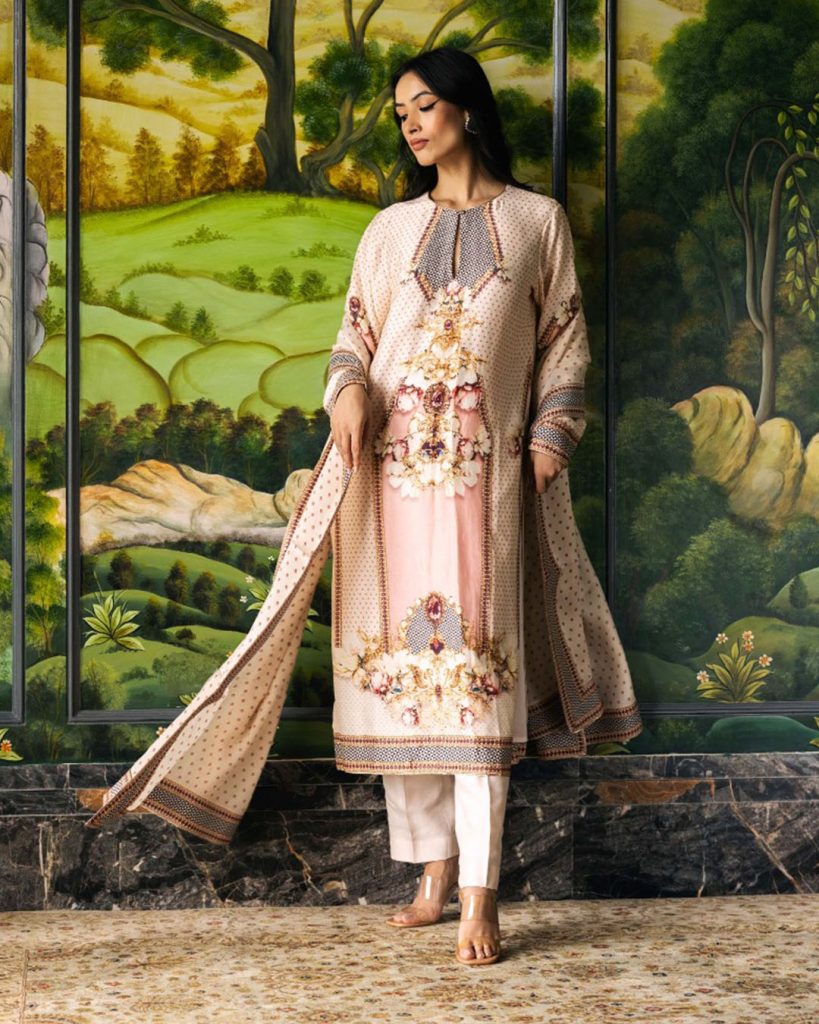
A-line kurtis are a hit among women for their simple yet flattering silhouette. As the name suggests, this silhouette mimics the letter ‘A’ with a fitted top and a gradual flare towards the hemline. The versatile silhouette makes it a must-have in the everyday traditional wardrobes of Indian women. Whether paired with leggings for a casual look or styled with palazzos for a special occasion, A-line kurtis offer endless styling possibilities.
Anarkali Kurti
There are so many different types of kurti designs; however, anarkali kurtis will forever hold a special place in the hearts and closets of Indian women. The regal silhouette and flare of an anarkali kurta can never be replaced by any other kurti style. Style your cotton anarkalis in dreamy hues for everyday errands, or wear your embellished anarkali kurtis in vibrant hues for wedding occasions and celebrations. These flared bridal kurtis are best styled with fitted churidars for a traditional look, or you can also pair them with salwar or palazzo pants for a stylish take.
Angrakha Kurti
The angrakha kurti style has a very specific design that is both unique and elegant. This particular kurti style is characterised by an asymmetrical neckline and an overlapping flap that wraps across the chest, secured with tie-up detailing or buttons. Though originally worn by men, this particular style has now been adapted into female wardrobes as well. The angrakha kurtis can be explored in a variety of fabrics, prints and lengths to suit various occasions.
High-Low/Asymmetrical Kurti
Asymmetrical kurtis are a modern take on the traditional kurtis and are characterised by uneven hemlines and diagonal cuts. Unlike regular kurtis, asymmetrical types of kurtis feature a non-uniform silhouette, high-low hemline, layered designs or angled hemlines. This asymmetry adds a unique contemporary touch and stylish flair, making it a popular choice for both casual and formal wear.
Kaftan Kurti
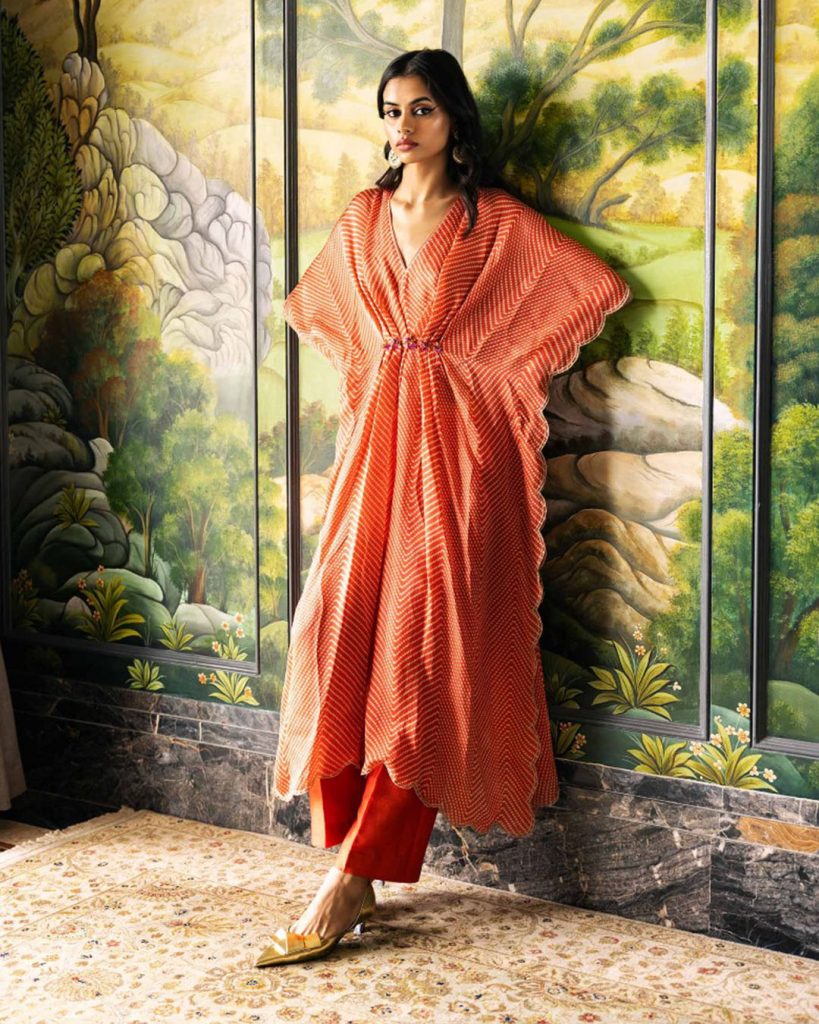
Originating in ancient Mesopotamia, the kaftan is a loose, flowing garment worn by both men and women in warmer countries along the Mediterranean region. The kaftan kurti takes inspiration from the traditional kaftan, featuring a loose fit and airy sleeves. Printed kaftan kurtis are a quintessential wardrobe staple for Indian women, suitable for both casual and formal settings. The stylish silhouette can be explored in a variety of fabrics, colours and design choices to cater to a larger fashion palette.
Shirt-style/Collared Kurti
A collared kurti combines the contemporary vibe of a shirt with the traditional silhouette of the kurta. These types of kurtis feature a traditional Indian kurti with a mandarin or notched collar, blending Indian aesthetics with modern elements. This kurti style is a popular choice for women’s office wear, thanks to its formal vibe and sophisticated silhouette. These types of kurtis are best styled with matching churidars or straight-fit pants for a professional, easy-to-wear outfit.
Flared Kurti
Flared kurtis are similar to the anarkali silhouette with a fitted bodice and a skirt that flares out from the bodice down. However, the flare of these kurtis is not as dramatic, making these more apt for everyday wear. This playful silhouette pairs well with both churidars and palazzos, depending on your personal preference.
Cape-style Kurti
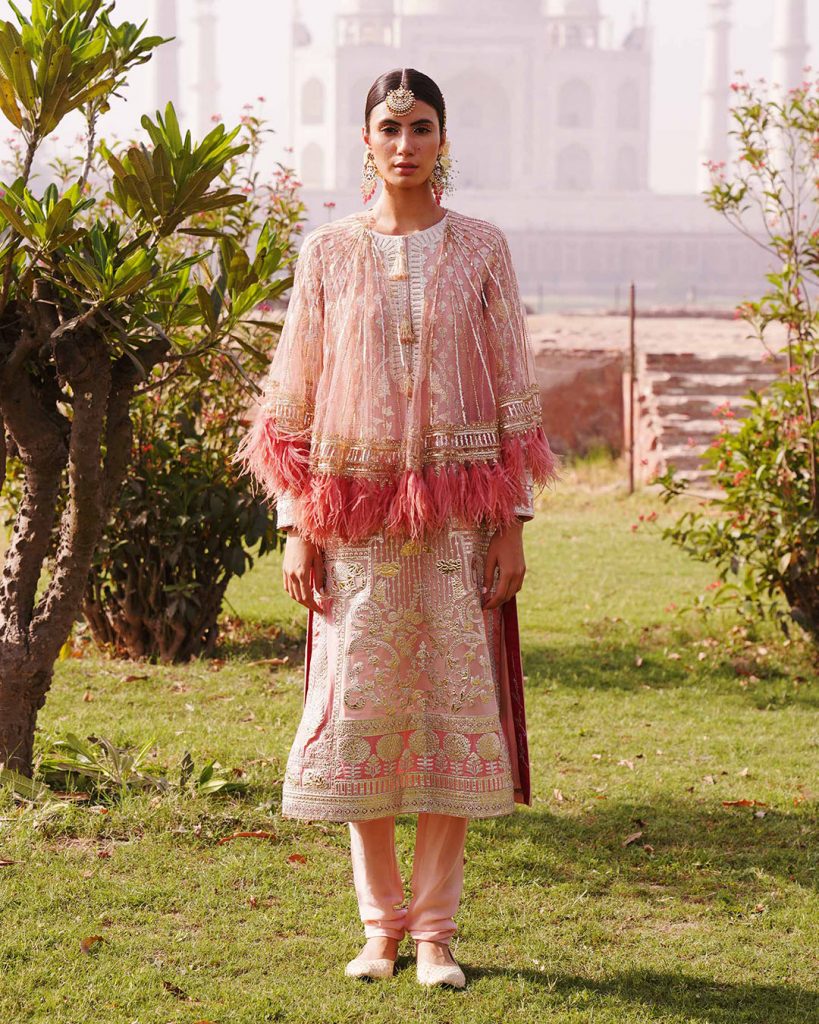
Consider cape kurtis as a stylised version of your traditional kurtis. As the name suggests, these kurtis feature either an attached cape or come with an additional cape. Beneath the cape, the kurti itself may be an A-line or a straight-fit kurta. The cape, however, may feature different colours, fabrics, and embroidery depending on the design of the kurti. These are best suited for celebratory occasions and festive events, making them the perfect party kurti design.
Peplum/Short Peplum Set
A peplum kurti is a short kurti or tunic that features a peplum detail, which is a flared strip of fabric attached to the waistline, creating a gathered flounce. This style is perfect for everyday wear, especially during hot summer days. If you want a kurti with an Indo-western vibe, peplum kurtis are the way to go. These are best styled with jeans, leggings and salwar for a modern yet traditional look.
Slit Kurti
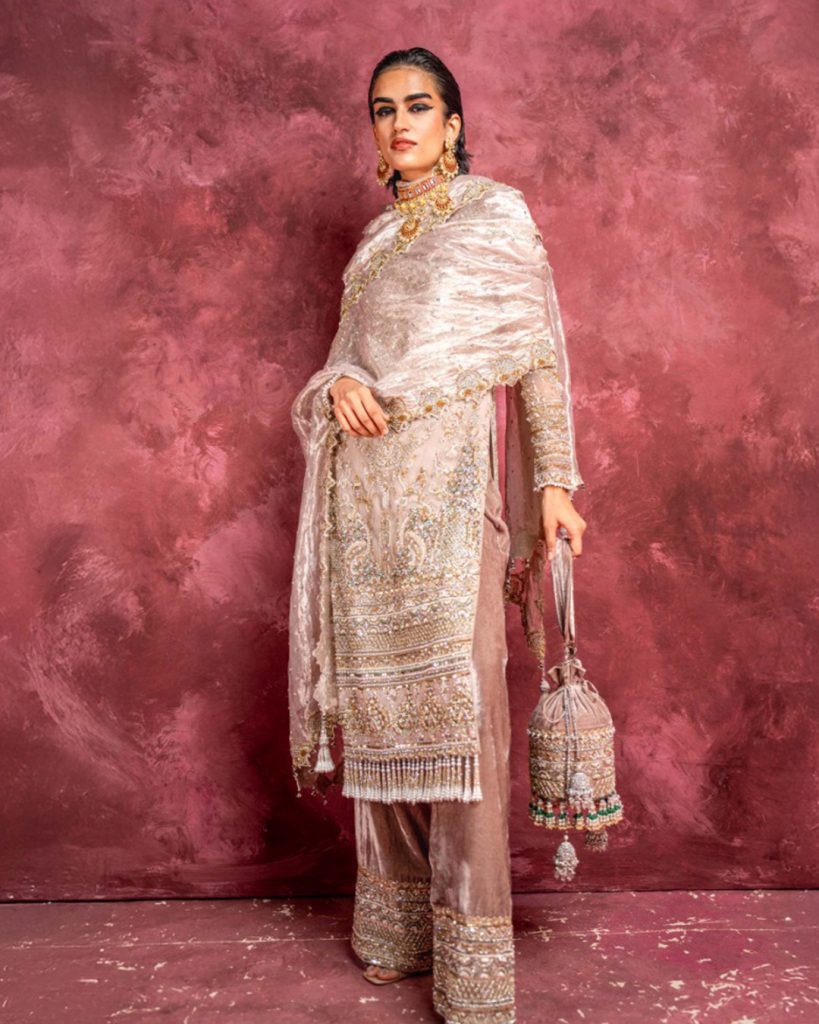
There are two types of kurtis: slit kurtis and circle kurtis. Slit kurtis feature slits on both sides of the kurta and sometimes even in the front. Depending on the design of the kurta, these slits may be shorter or ride higher up to the waist. These slits add a contemporary twist to the classic kurti design, creating a style that is appealing to a wide range of fashion crowds.
Tiered Kurti
Tiered kurtis are circular kurtis that feature layers or tiers of fabric stitched together to create a flared silhouette. The additional layers add drama and a graceful appearance, making it suitable for everyday wear as well as formal wear. A tiered kurta can be paired effortlessly with churidars, leggings and even jeans for a cohesive look.
Jacket-style Kurti
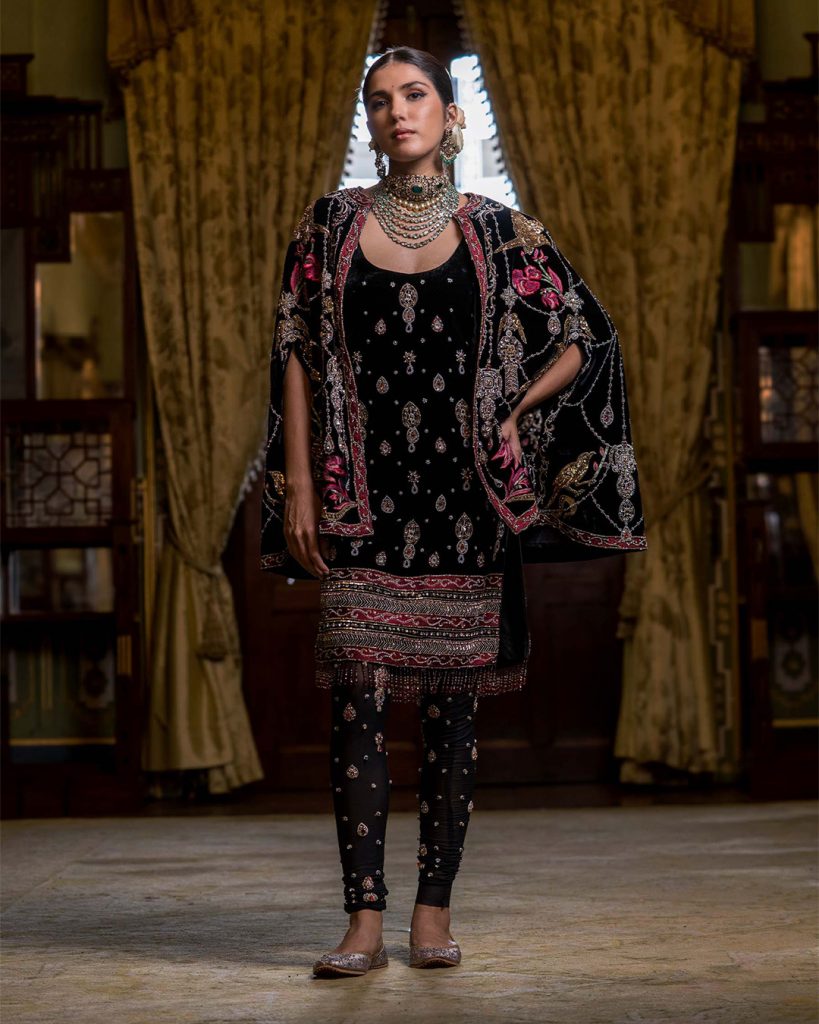
Jacket-style kurtis are a fusion take on traditional Indian kurtis. This specific style features a traditional festive kurti with an attached jacket or provided separately, creating a unique blend of classic and contemporary style. The kurta may be paired with a short jacket for a casual look or with a long jacket for a dramatic effect.
Embellished Kurti
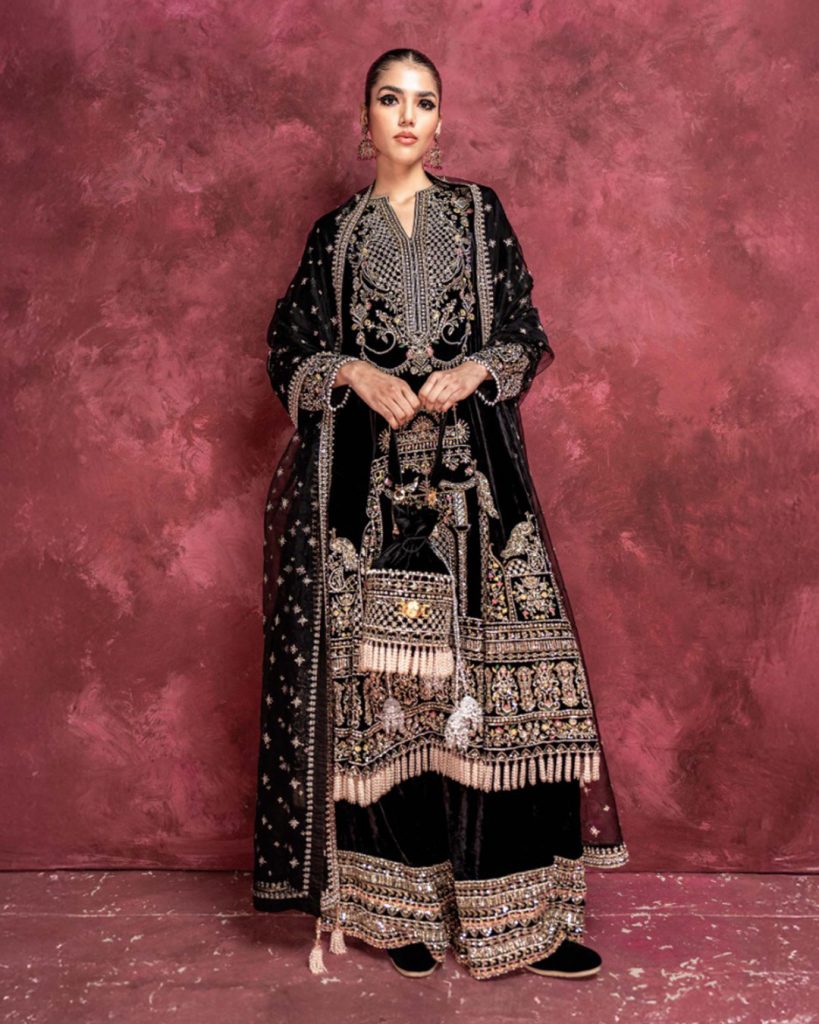
An embellished kurti is decorated with intricate embroidery, mirror work, sequins, crystals, beads or stones to create an ornate and special appearance. These decorative elements add detail, colour and texture, making this style suitable for celebratory events and festive occasions. These kurtis are best paired with palazzos or churidars and a matching dupatta for the perfect traditional look.
Embroidered Kurti
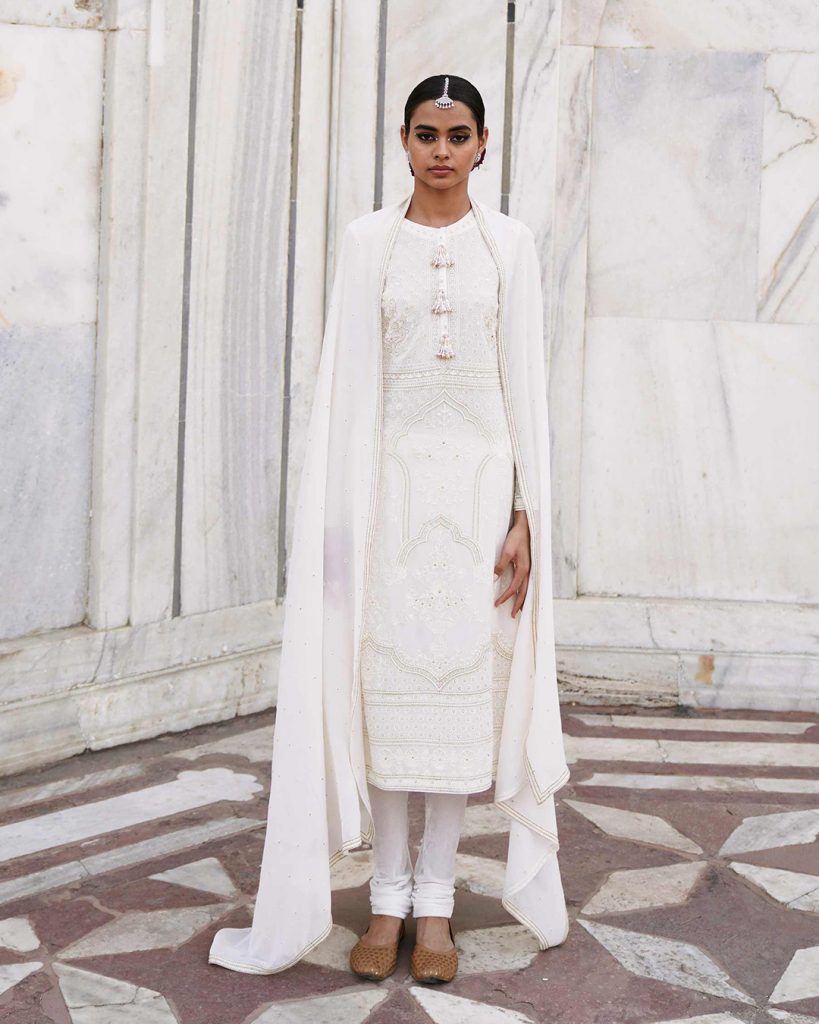
An embroidered kurti features decorative threadwork, creating beautiful motifs and patterns. These are often made from breathable fabrics such as cotton and linen but can also be found on other fabrics such as georgette, silk, and velvet to create unique looks. Unlike the embellished kurtis that are more suitable for elaborate occasions, embroidered kurtis can be worn as casual wear as well as festive wear.
FAQ’s
How to style a kurti?
The best way to style a kurti is with suitable jewellery and accessories, such as bags and footwear. Depending on the type of look you want to create, you choose suitable jewellery and accessories to match your attire.
What’s the difference between a kurti and a kurta?
The two major factors that differentiate a kurta from a kurti are the length and fit. Kurtas are typically more loose-fitting and longer, while kurtis are much shorter and fitted. Kurtas generally range from just below the knee to the ankle and are paired with traditional pants such as salwar and churidar. Kurtis, however, fall around the hip or thigh and are best paired with jeans, leggings and even long skirts.
Can I wear a kurti without a dupatta?
Yes, kurtis can be easily worn without a dupatta. However, if you want, you can add a stole or a matching dupatta over your kurti for a more traditional look.
Which is the best kurti for everyday wear?
For everyday wear, simple kurtis made from lightweight fabrics, featuring prints or lightweight embroidery, are the best.
Which is the best kurti for weddings (day vs night)?
The best kurtis for wedding ceremonies are anarkalis, tiered kurtis, cape-style kurtis, and jacket-style kurtis. To achieve a day-appropriate look, opt for lighter hues, such as baby pink, powder blue, butter yellow, orange, and lilac, paired with lightweight embroidery. For nighttime events, choose darker hues with glimmering embellishments and heavier embroidery.